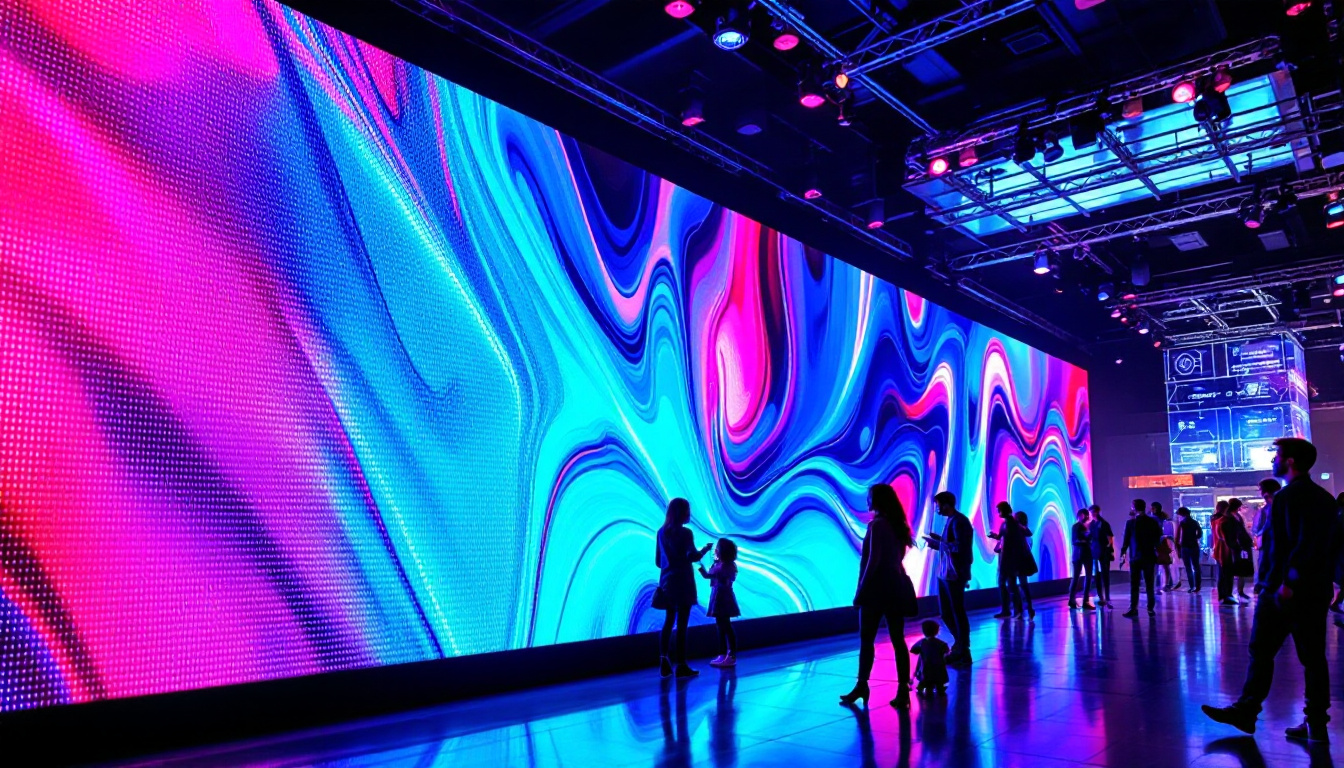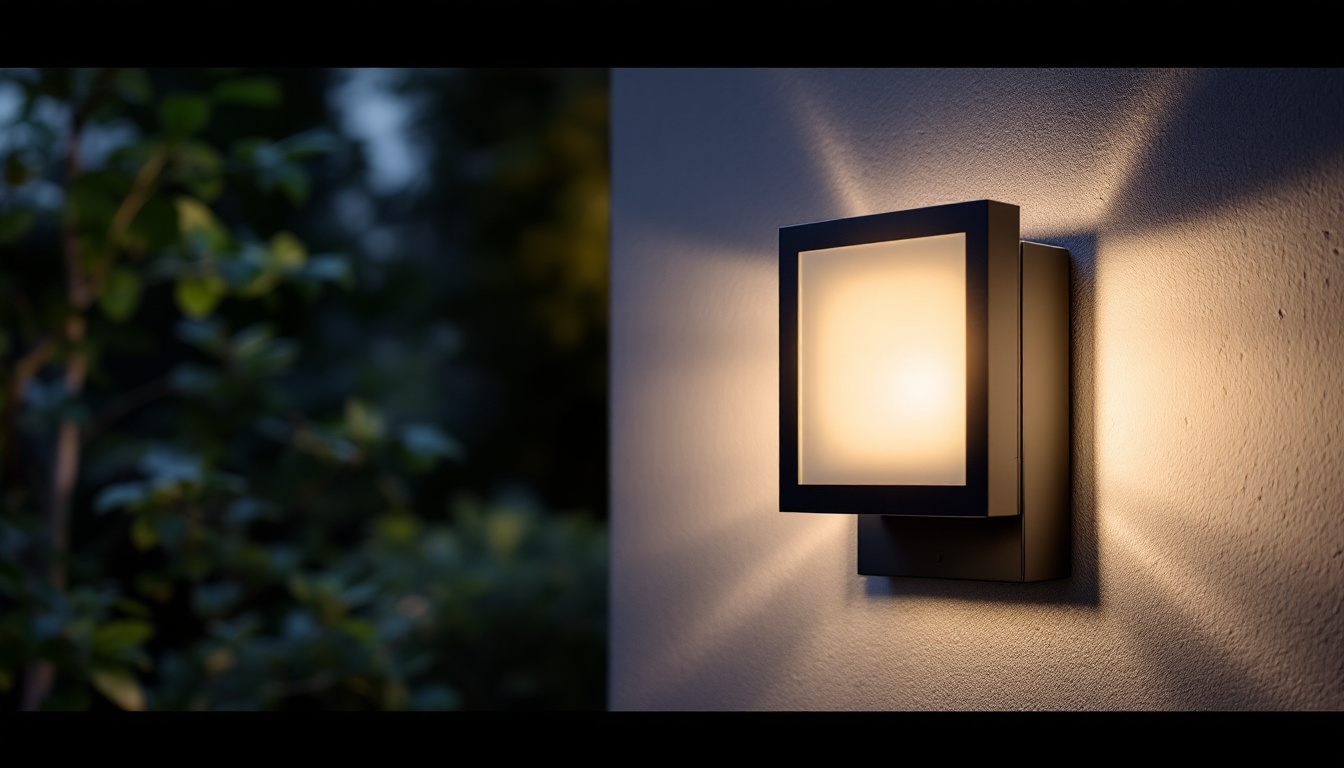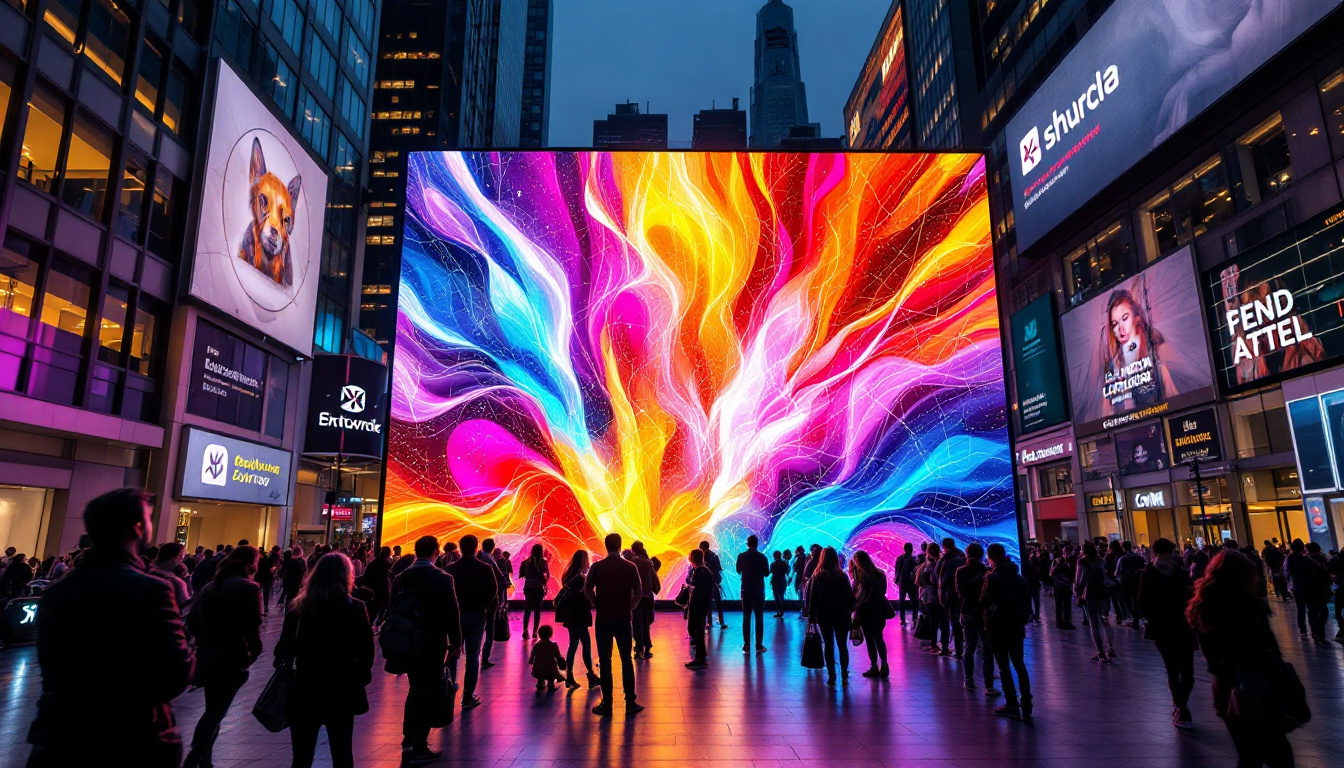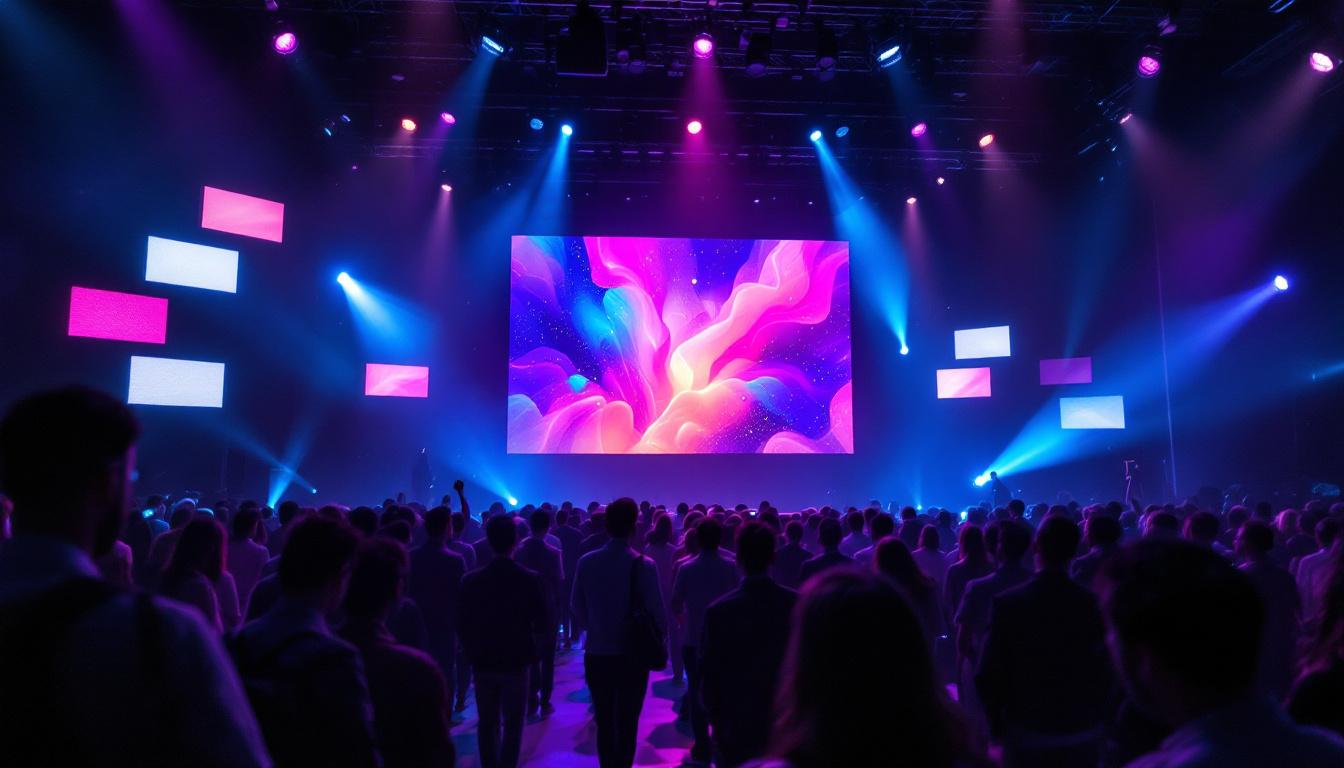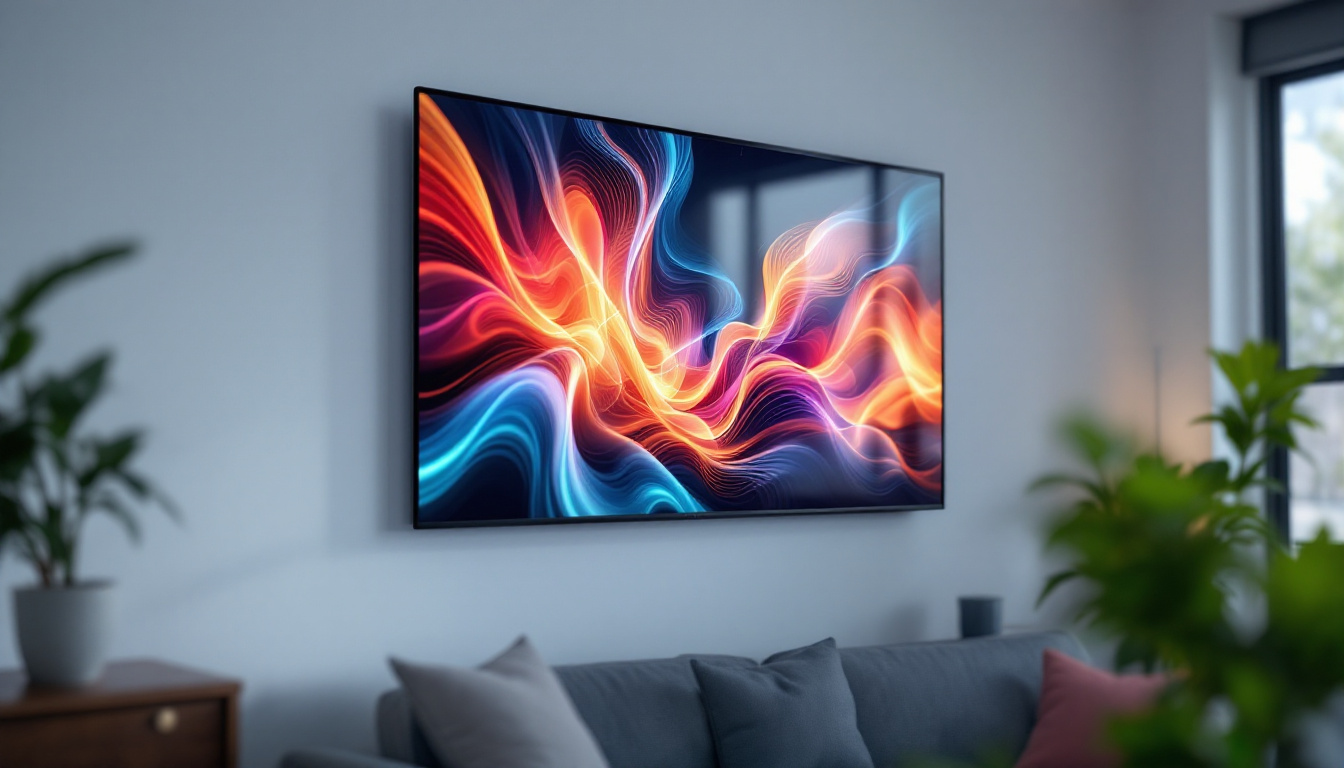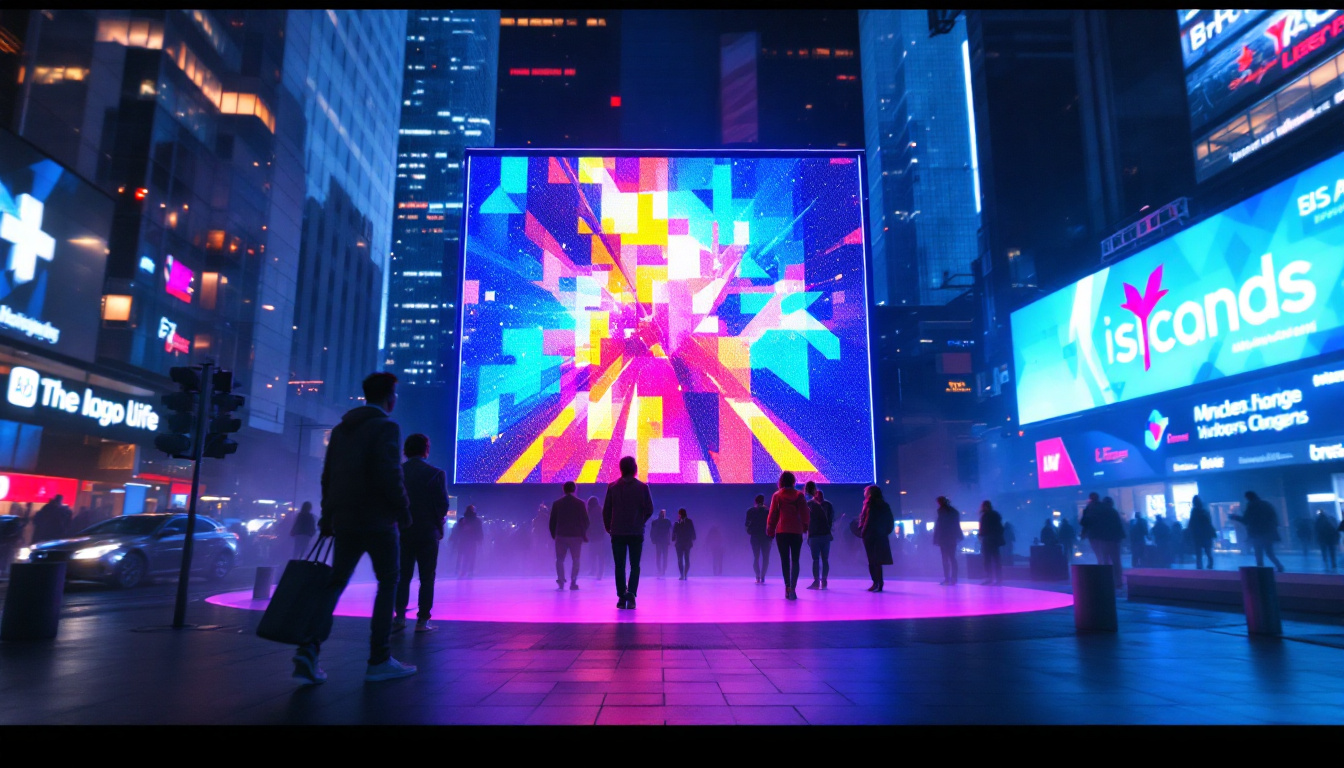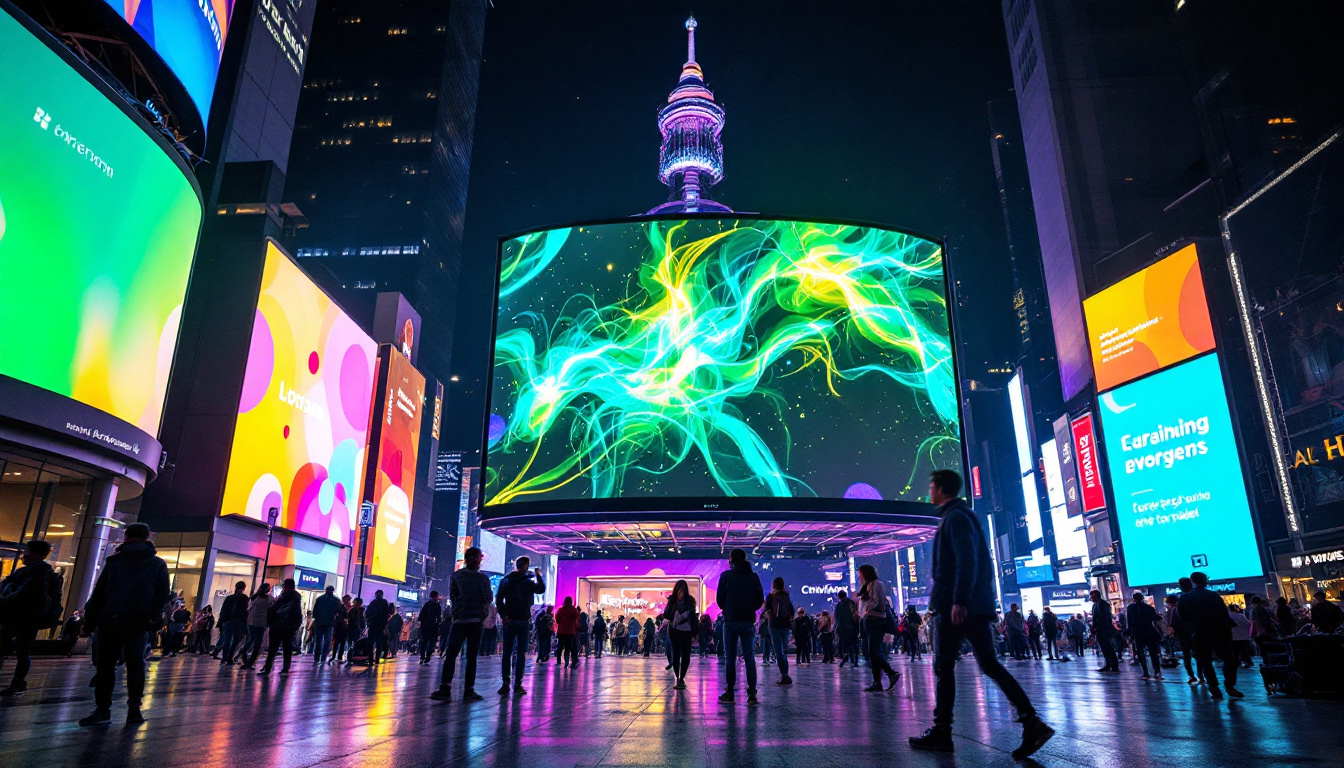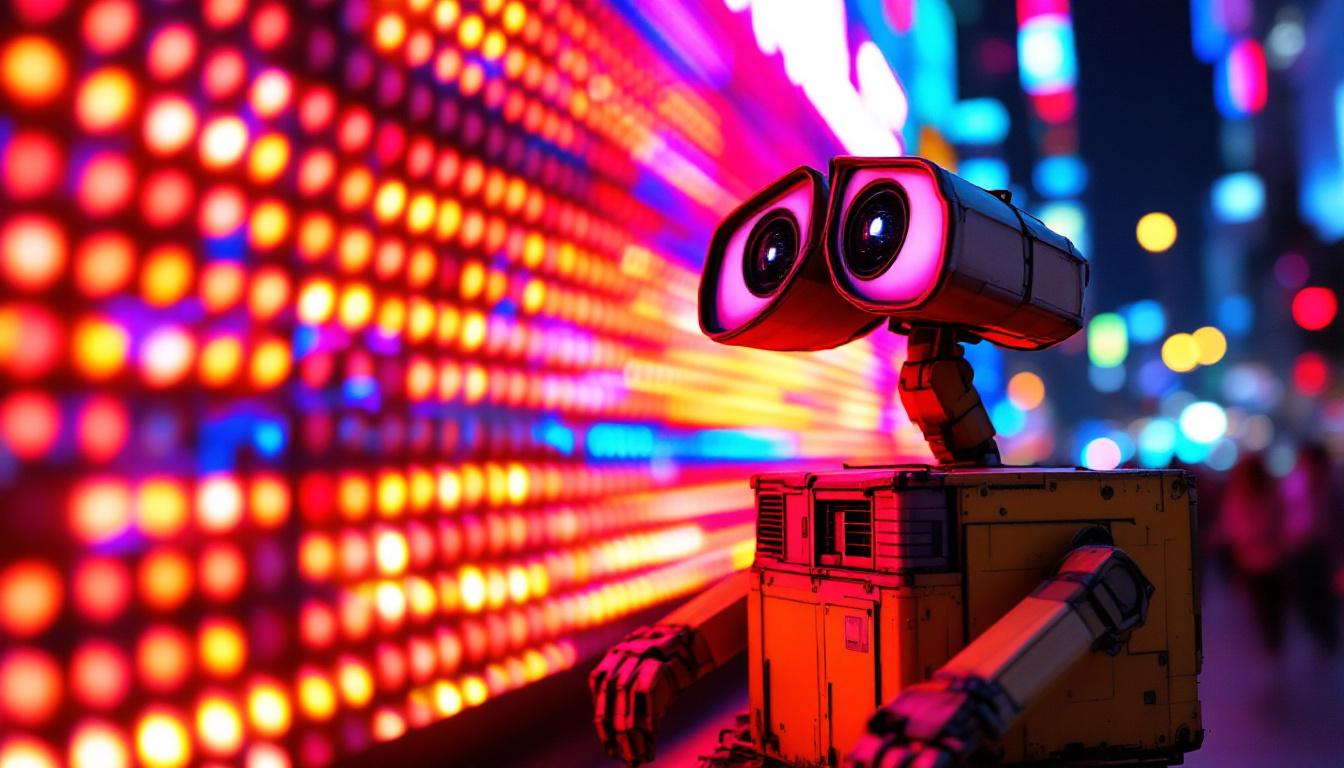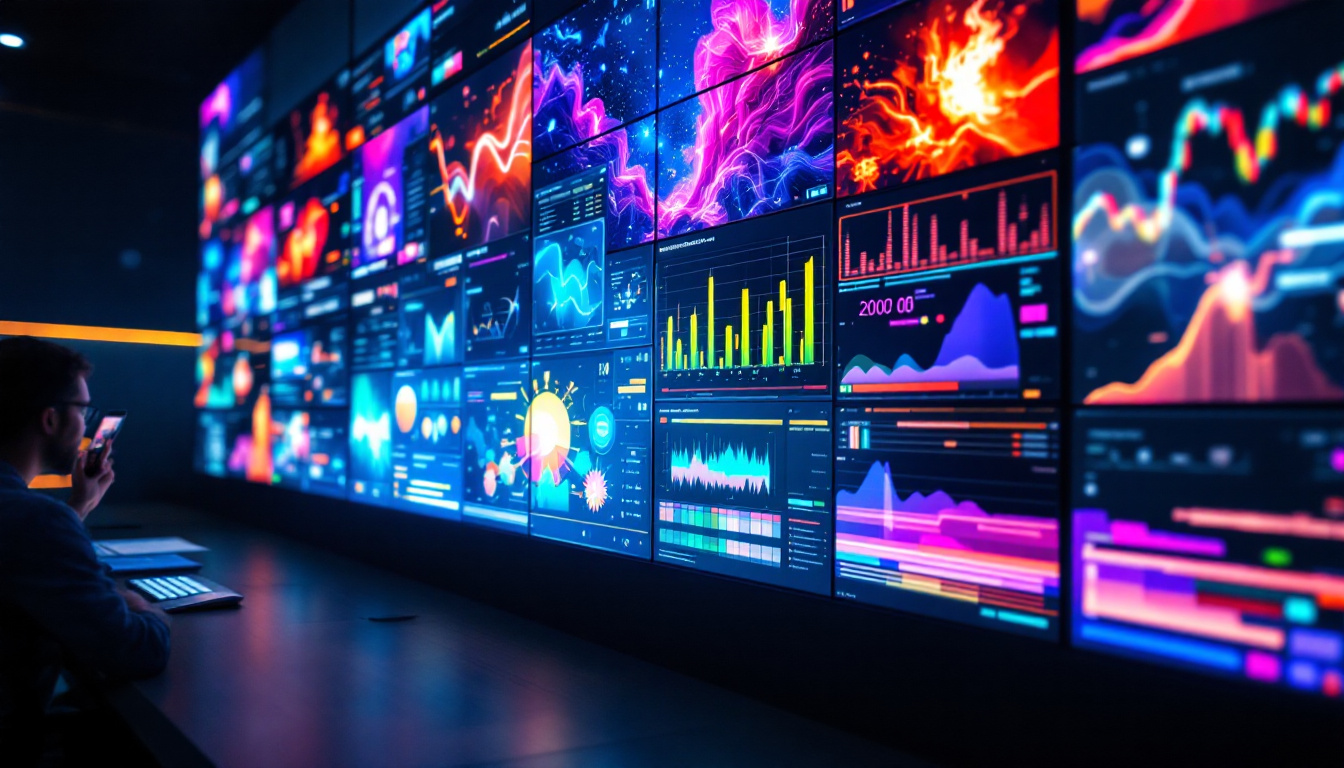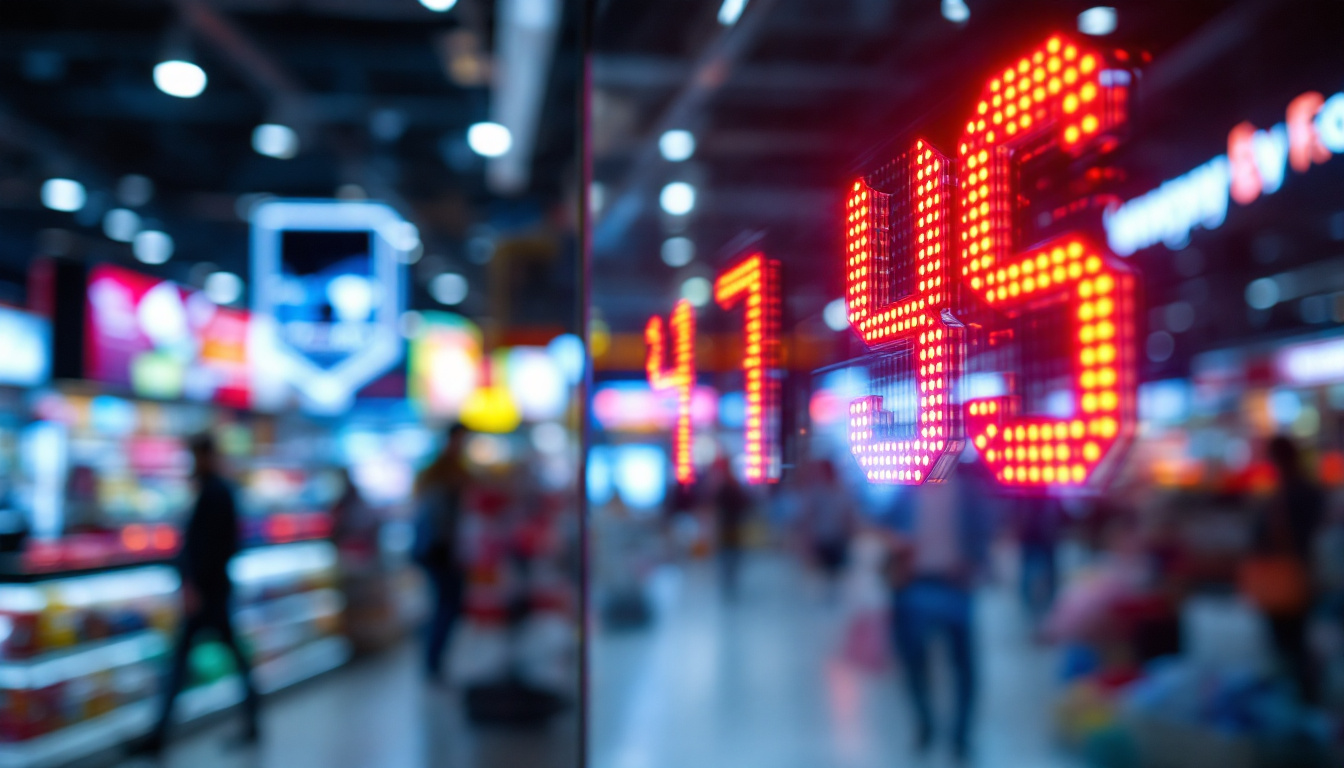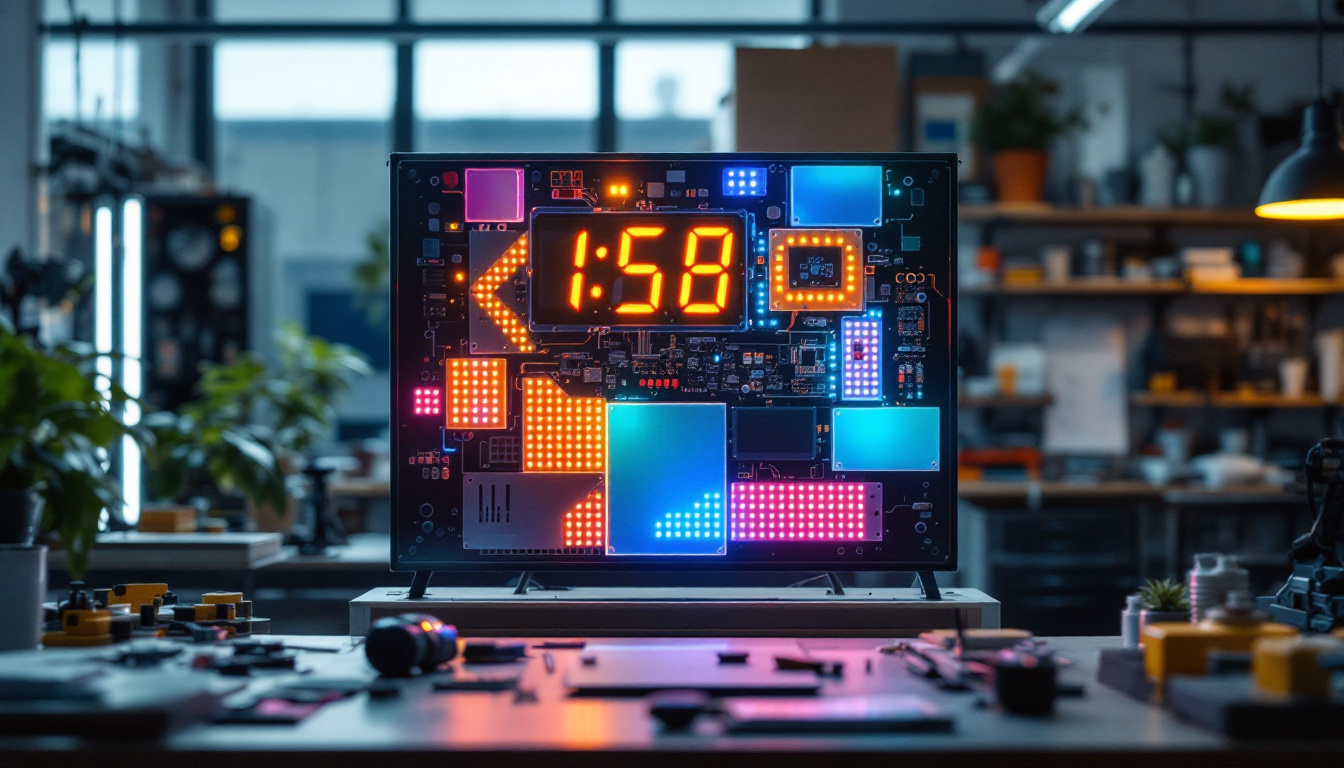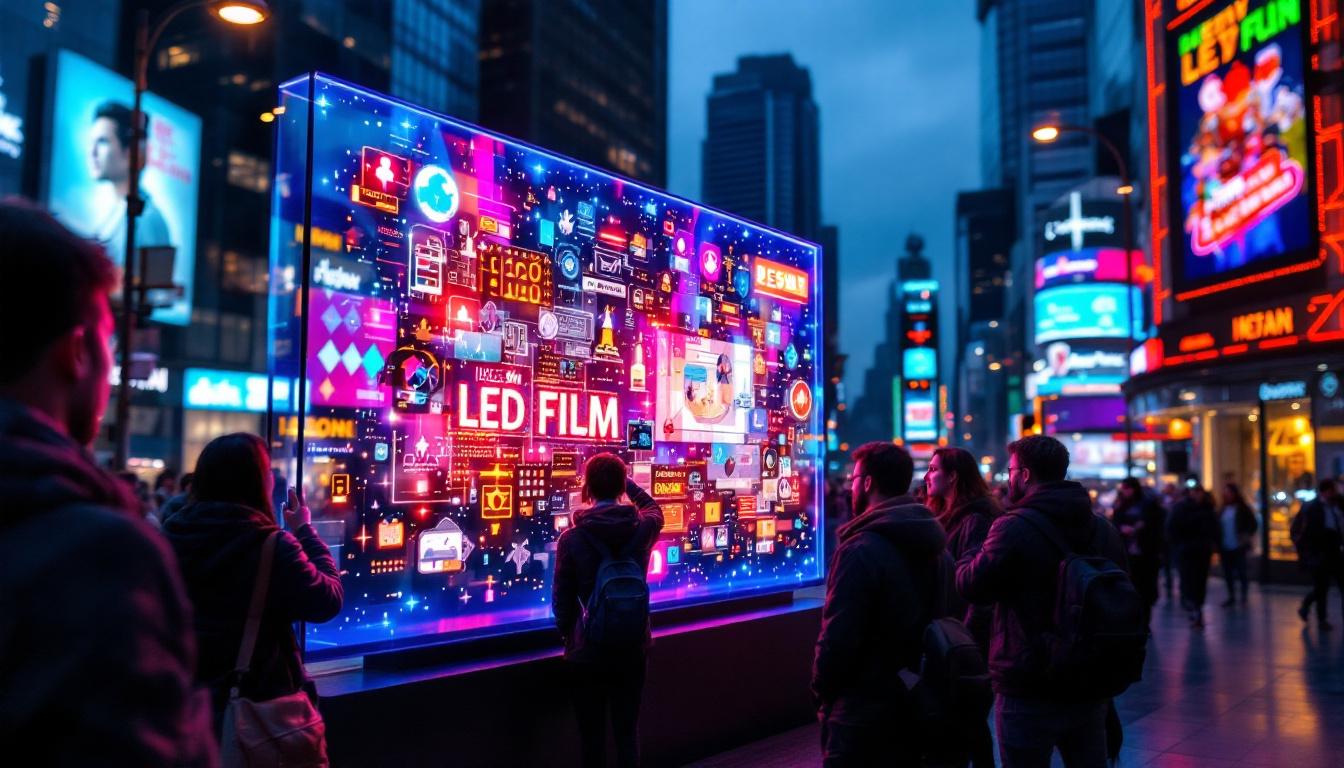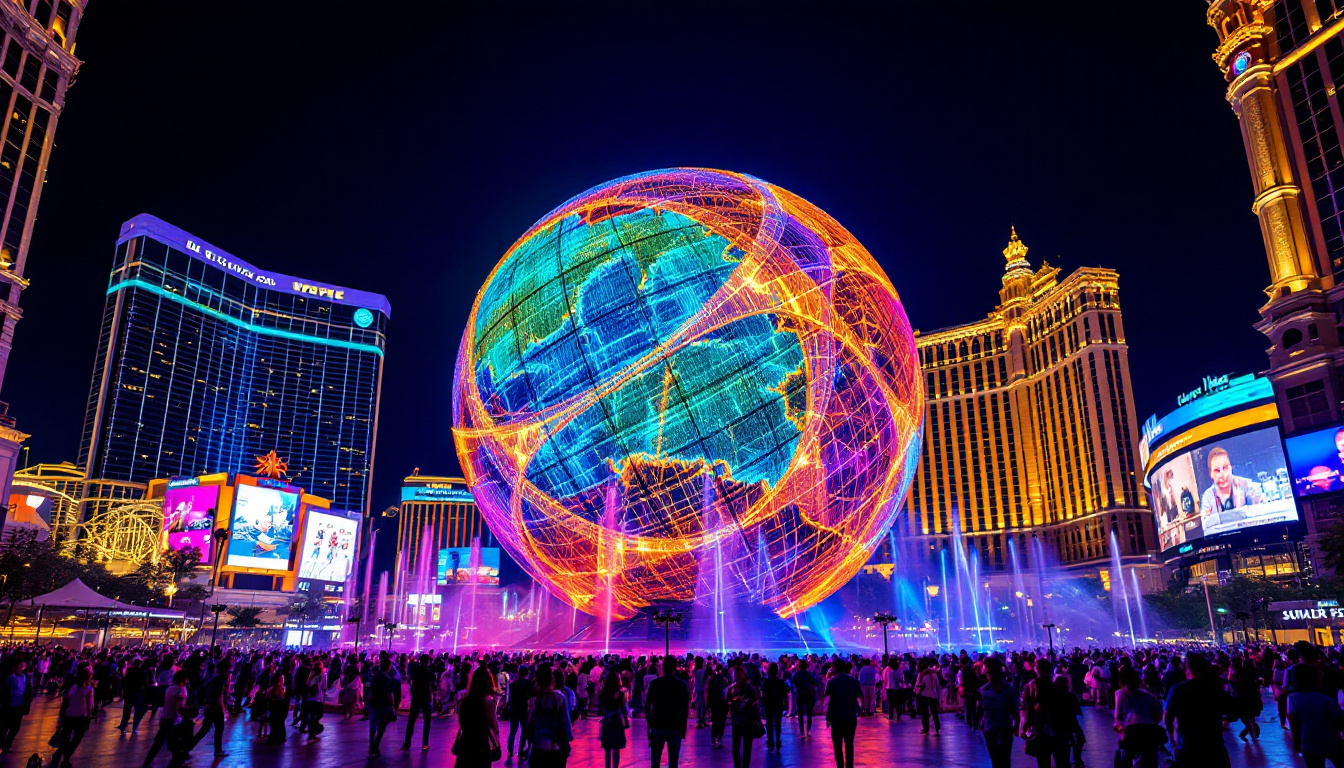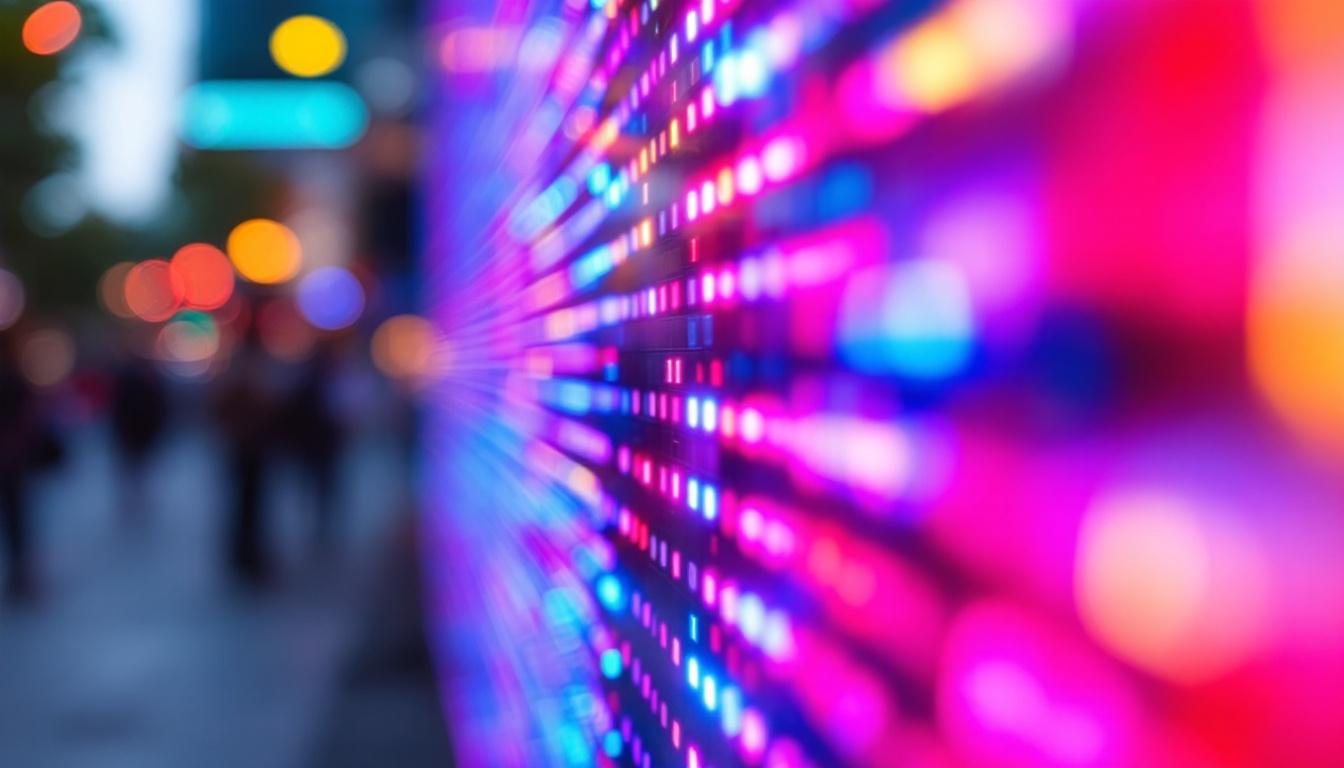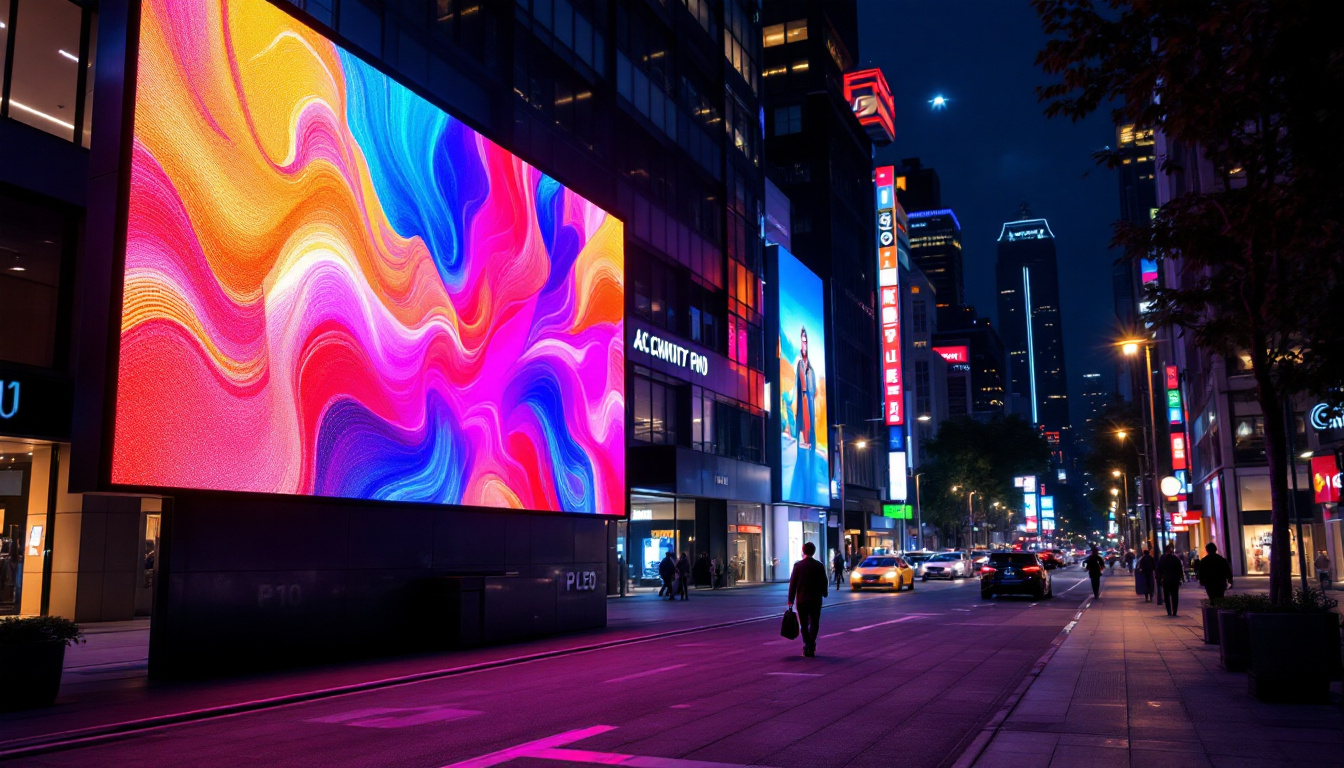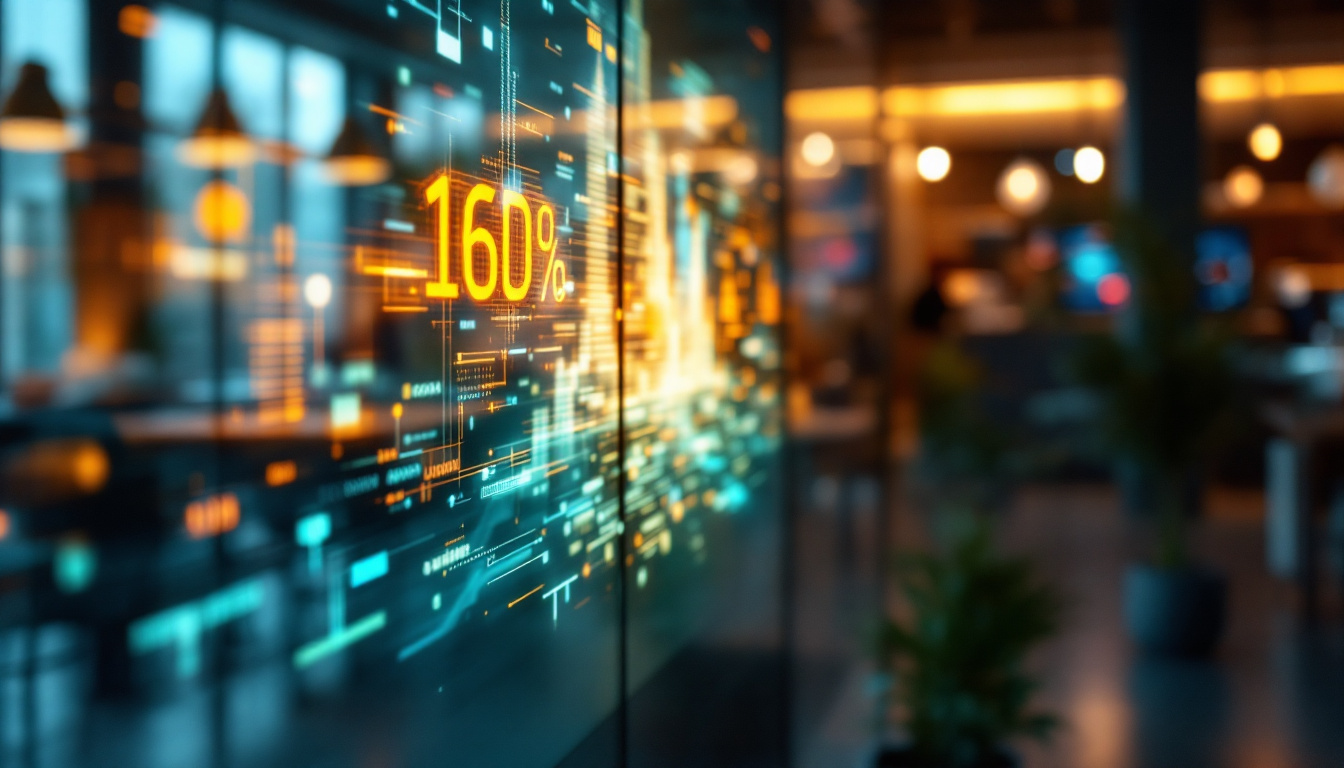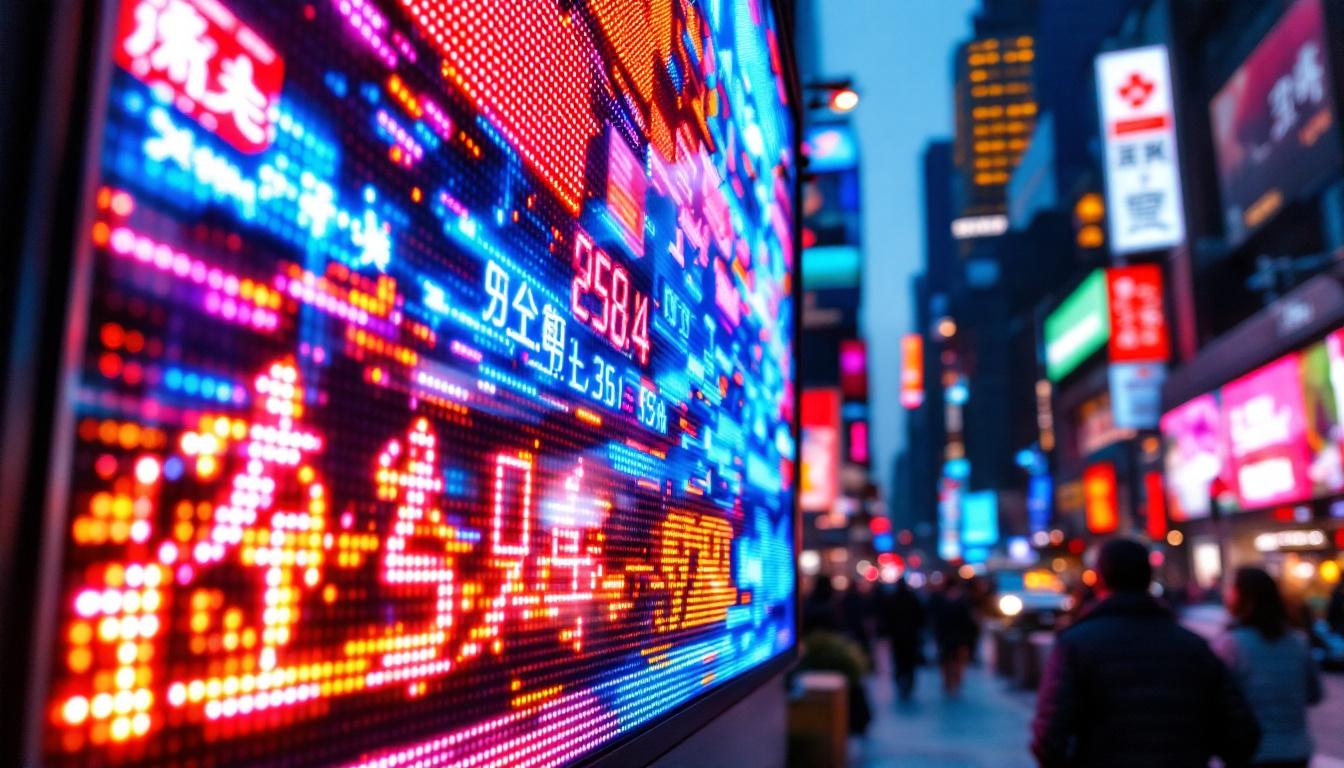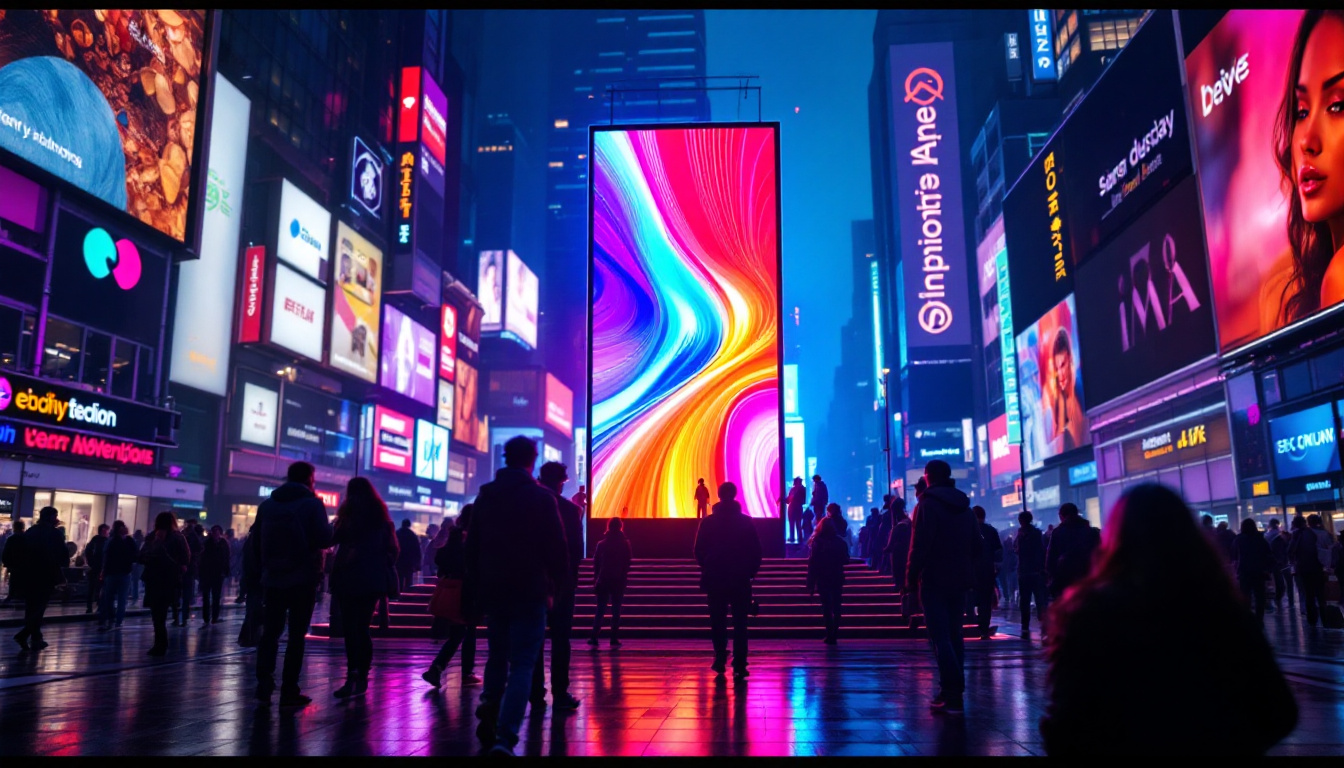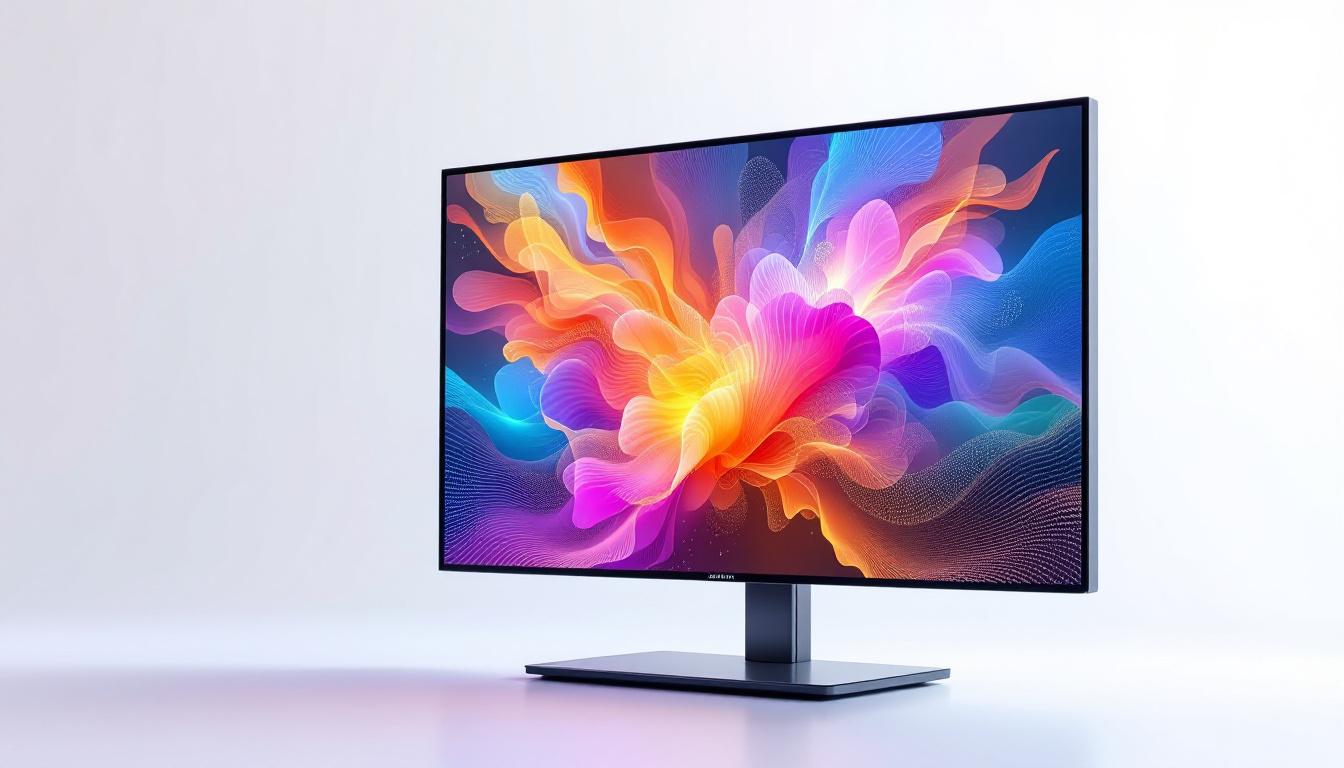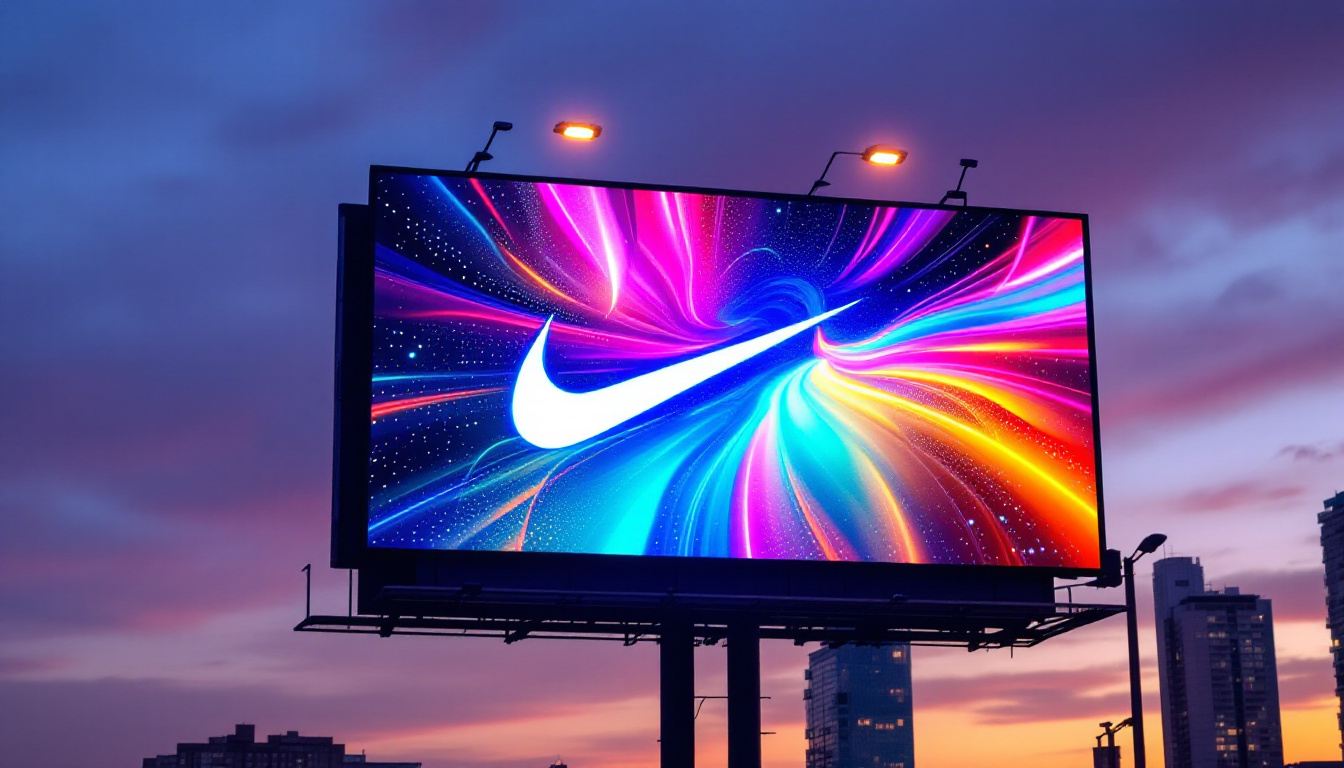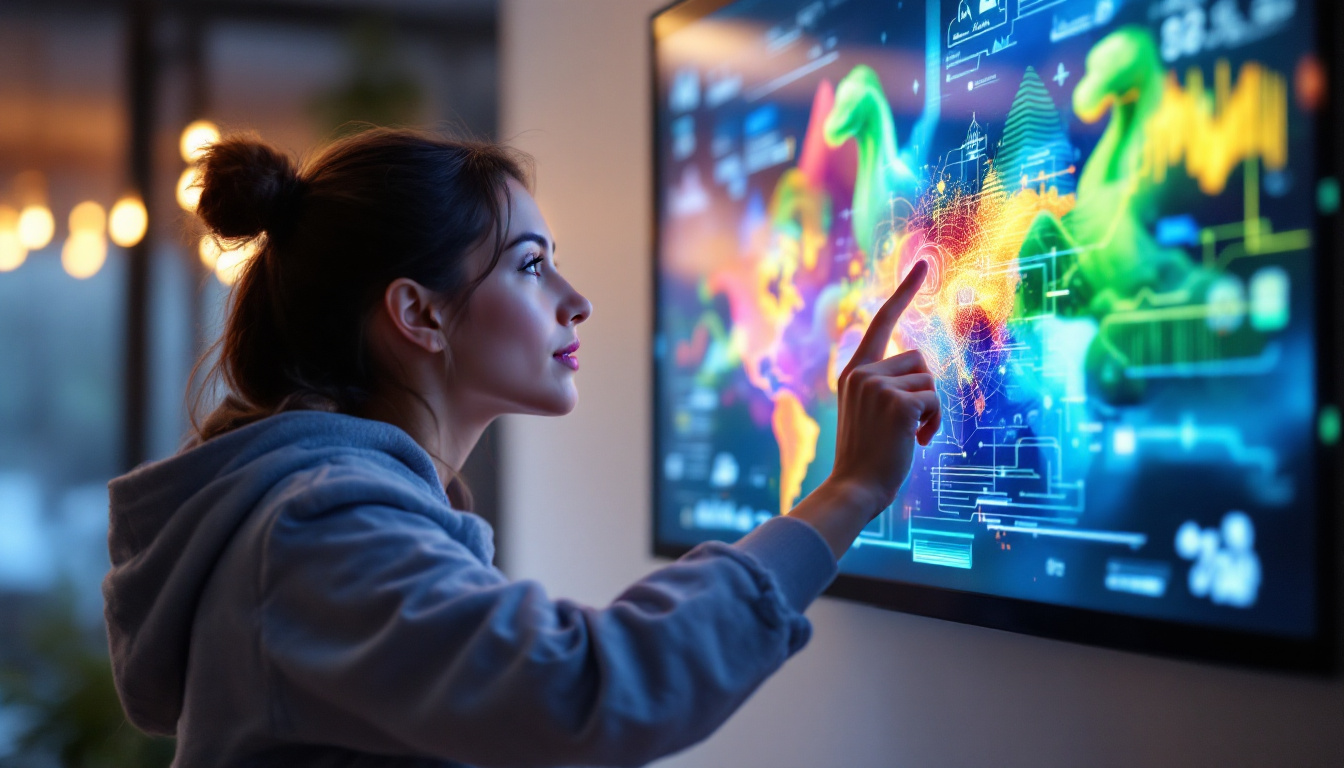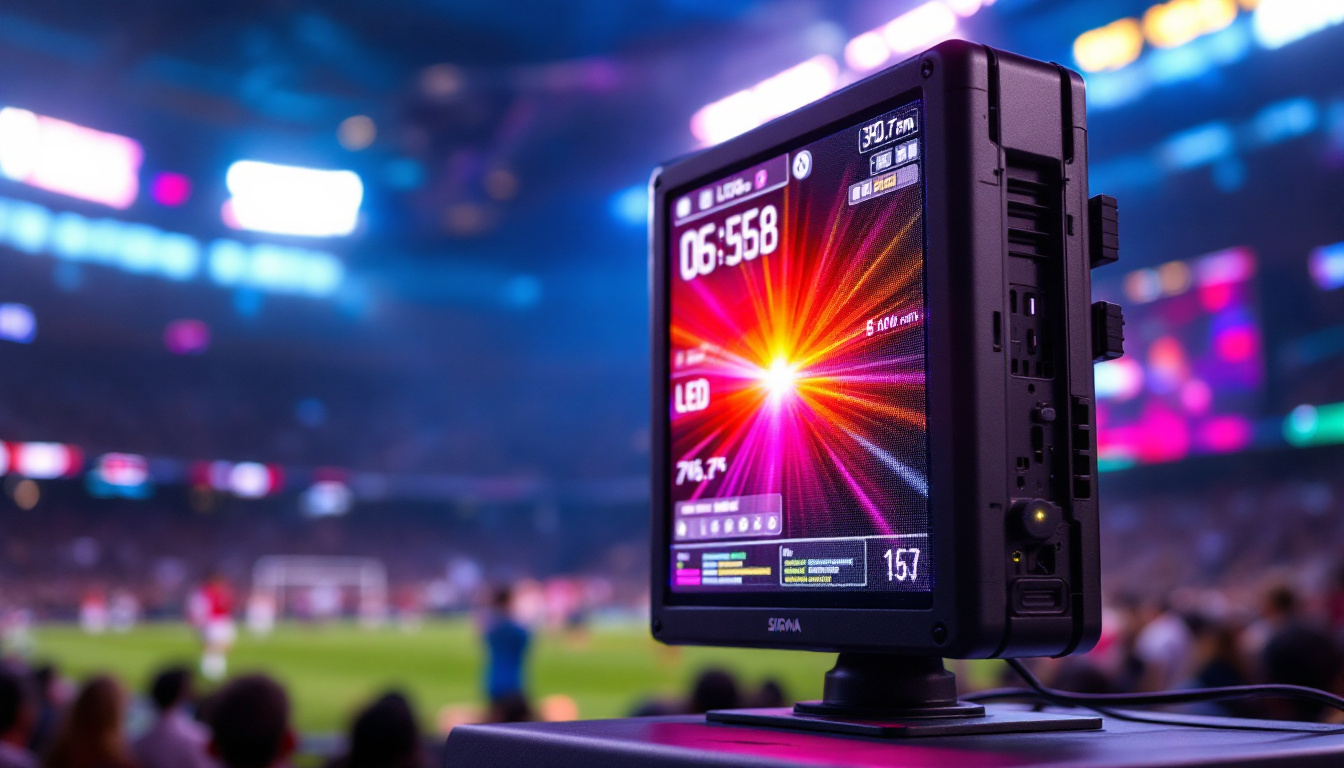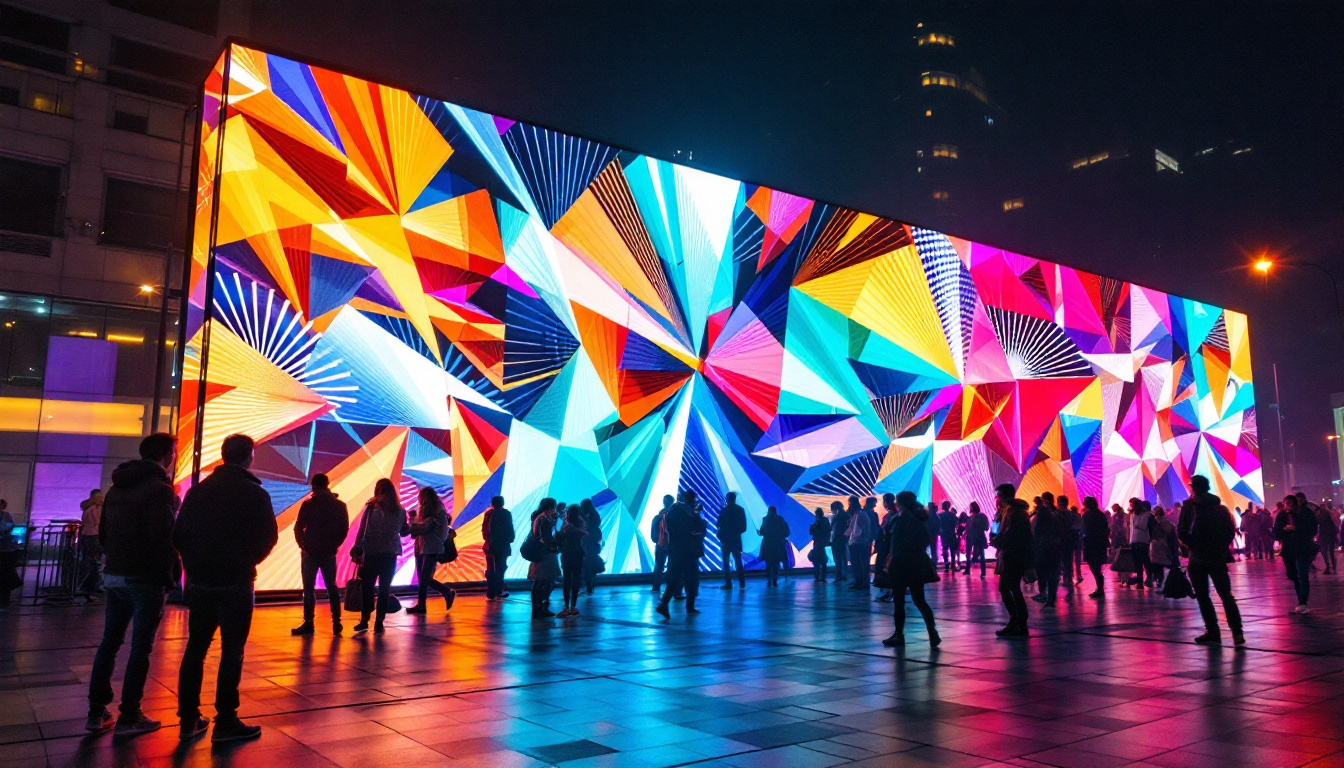In the modern world of visual technology, LED displays have emerged as a dominant force. Their versatility, efficiency, and vibrant colors make them a preferred choice for various applications, from advertising to entertainment. This article delves into the intricacies of LED displays, exploring their technology, advantages, applications, and future trends.
Understanding LED Technology
LED, or Light Emitting Diode, is a semiconductor device that emits light when an electric current passes through it. This technology has revolutionized the way we perceive light and display images, leading to significant advancements in various fields. From home lighting solutions to large-scale advertising displays, LEDs have become integral to modern technology, offering not only brightness but also longevity and energy efficiency.
How LED Displays Work
LED displays consist of numerous tiny light-emitting diodes arranged in a grid. Each LED can emit different colors, allowing for the creation of a full spectrum of hues when combined. The basic principle involves passing current through the semiconductor material, which excites electrons and produces light. This process not only results in bright and vivid displays but also enhances energy efficiency compared to traditional display technologies. The lifespan of an LED can often exceed 50,000 hours, significantly reducing the frequency of replacements and maintenance costs.
In an LED display, the arrangement of these diodes can vary significantly. Common configurations include RGB (Red, Green, Blue) systems, where the combination of these three primary colors creates a wide range of colors. The quality of the display is influenced by factors such as pixel pitch, which refers to the distance between the centers of two adjacent pixels. A smaller pixel pitch generally results in higher resolution and better image clarity. Additionally, advancements in technology have led to the development of dynamic refresh rates, allowing for smoother transitions and less motion blur, which is particularly beneficial in fast-paced video content.
Types of LED Displays
LED displays can be categorized into several types based on their application and configuration. The most common types include:
- Direct View LED Displays: These displays are made up of individual LED modules that can be used for large-scale outdoor advertising or indoor screens. They are known for their brightness and visibility in various lighting conditions, making them ideal for sporting events, concerts, and public announcements. Their modular design also allows for easy scalability, enabling the creation of displays in various sizes and shapes.
- LED Backlit Displays: These are traditional LCD screens that use LED technology for backlighting. They offer improved contrast and color accuracy compared to older fluorescent backlit displays. This type of display is widely used in televisions and computer monitors, providing users with a more vibrant viewing experience while consuming less power.
- Organic LED (OLED) Displays: A more advanced form of LED technology, OLED displays use organic compounds to emit light. They are known for their exceptional color reproduction and flexibility, making them ideal for high-end televisions and smartphones. The ability of OLED screens to achieve true blacks by turning off individual pixels enhances the overall picture quality, providing a more immersive experience for viewers.
Moreover, the rise of MicroLED technology is also worth mentioning, as it promises even greater efficiency and performance. MicroLED displays consist of microscopic LEDs that can be arranged to form high-resolution images without the need for backlighting. This technology not only allows for thinner and lighter displays but also offers improved durability and energy savings, positioning it as a strong contender for the future of display technology.
Advantages of LED Displays
LED displays offer numerous advantages that contribute to their widespread adoption across various industries. Understanding these benefits can help organizations make informed decisions about their display technology.
Energy Efficiency
One of the most significant advantages of LED displays is their energy efficiency. Compared to traditional display technologies, LEDs consume significantly less power. This not only reduces operational costs but also minimizes the environmental impact, making LEDs a more sustainable choice. Furthermore, the reduced energy consumption translates into lower heat generation, which can enhance the longevity of the display components and reduce the need for additional cooling systems in enclosed spaces.
Longevity and Durability
LED displays are known for their long lifespan, often exceeding 50,000 hours of use. This durability is particularly beneficial for outdoor applications, where displays are exposed to harsh weather conditions. Unlike traditional bulbs, LEDs are solid-state devices, making them less susceptible to damage from shocks and vibrations. Additionally, their resilience against extreme temperatures and humidity levels ensures consistent performance, allowing businesses to rely on their displays for extended periods without frequent maintenance or replacement.
Vivid Colors and High Contrast
LED technology allows for the production of bright, vibrant colors with high contrast ratios. This capability enhances the visual experience, making LED displays ideal for applications requiring high-quality imagery, such as advertising, gaming, and broadcasting. The ability to achieve deeper blacks and more luminous whites also contributes to a more immersive viewing experience, which is particularly advantageous in environments like theaters and concert venues. Moreover, advancements in LED technology, such as the introduction of RGB (red, green, blue) LEDs, have further improved color accuracy and consistency, allowing for stunning visuals that captivate audiences.
Versatility in Applications
Another key advantage of LED displays is their versatility in various applications. From large-scale outdoor billboards to compact indoor screens, LEDs can be tailored to fit a wide range of sizes and formats. This adaptability makes them suitable for everything from retail environments and corporate settings to sports arenas and public transportation systems. Furthermore, the modular nature of many LED display systems allows for easy customization and scalability, enabling organizations to create unique visual experiences that meet their specific needs.
Low Maintenance Requirements
LED displays also boast low maintenance requirements, which is a significant advantage for businesses looking to minimize downtime. Unlike traditional displays that may require frequent bulb replacements or extensive upkeep, LED technology is designed for reliability and ease of use. Many LED systems come equipped with self-diagnostic features that can alert users to potential issues before they escalate, allowing for proactive maintenance. This not only saves time and labor costs but also ensures that the displays remain operational and visually appealing for longer periods, enhancing the overall return on investment for organizations.
Applications of LED Displays
The versatility of LED displays has led to their adoption in a wide range of applications. From commercial use to personal devices, their impact is evident across various sectors.
Advertising and Marketing
LED displays have transformed the advertising landscape. Their ability to showcase dynamic content, such as videos and animations, captures consumer attention more effectively than static displays. Digital billboards, for instance, can change messages in real-time, allowing businesses to target specific audiences and adapt to changing market conditions.
Moreover, the bright and vivid colors of LED displays ensure that advertisements stand out, even in bright daylight. This capability has made them a popular choice for outdoor advertising, where visibility is crucial.
Entertainment and Events
In the entertainment industry, LED displays play a pivotal role in enhancing audience experiences. Concerts, festivals, and sporting events utilize large LED screens to broadcast live performances, providing spectators with a clear view of the action. The flexibility of LED technology allows for creative stage designs, incorporating dynamic visuals that elevate the overall atmosphere.
Additionally, LED walls are increasingly used in theaters and cinemas, offering superior picture quality and immersive experiences for moviegoers. The ability to create large, seamless displays has opened new avenues for storytelling and visual effects.
Corporate and Educational Use
In corporate environments, LED displays are utilized for presentations, meetings, and training sessions. Their clarity and brightness ensure that information is easily visible to all participants, enhancing communication and collaboration. Digital signage powered by LED technology can also be employed to convey important messages and updates within organizations.
Educational institutions have also embraced LED displays, using them for interactive learning experiences. These displays facilitate engaging presentations and collaborative projects, fostering a more dynamic learning environment.
Future Trends in LED Display Technology
The LED display industry continues to evolve, driven by advancements in technology and changing consumer demands. Several trends are shaping the future of LED displays, making them even more versatile and efficient.
MicroLED Technology
MicroLED technology represents a significant leap forward in display resolution and quality. Unlike traditional LED displays, which use larger diodes, MicroLEDs consist of microscopic LEDs that can be arranged in a modular fashion. This technology allows for ultra-high resolutions and greater flexibility in display sizes and shapes.
MicroLED displays also offer improved energy efficiency and brightness levels, making them ideal for a variety of applications, including virtual reality and augmented reality. As this technology matures, it is expected to revolutionize the way we interact with visual content.
Smart LED Displays
As the Internet of Things (IoT) continues to expand, smart LED displays are becoming increasingly popular. These displays can connect to the internet, allowing for real-time content updates and remote management. Businesses can easily change advertising messages, monitor performance, and analyze viewer engagement through connected devices.
Moreover, smart LED displays can integrate with other technologies, such as facial recognition and data analytics, to deliver personalized content to viewers. This capability enhances customer experiences and provides valuable insights for businesses.
Sustainability Initiatives
As environmental concerns grow, the LED display industry is placing a greater emphasis on sustainability. Manufacturers are exploring ways to reduce waste and improve the recyclability of components. Innovations in energy-efficient designs and materials are also being prioritized to minimize the ecological footprint of LED displays.
Additionally, advancements in energy storage and management technologies are paving the way for more sustainable power solutions for LED displays, further enhancing their appeal in an environmentally conscious market.
Conclusion
LED displays have transformed the landscape of visual technology, offering unparalleled advantages in terms of efficiency, durability, and visual quality. Their applications span various industries, from advertising and entertainment to corporate and educational settings. As technology continues to advance, the future of LED displays looks promising, with innovations such as MicroLEDs and smart displays set to redefine the way we experience visual content.
Understanding the intricacies of LED technology and its myriad applications is crucial for businesses and individuals alike. Embracing this technology not only enhances visual experiences but also contributes to a more sustainable and efficient future.
Discover the Future of Visual Technology with LumenMatrix
Ready to elevate your visual experience with cutting-edge LED display technology? LumenMatrix is at the forefront of innovation, offering a wide array of LED display solutions tailored to your needs. From Indoor and Outdoor LED Wall Displays to specialized options like Vehicle, Sports, and Floor LED Displays, our mission is to transform your visual communication. Engage and captivate your audience with our Custom, All-in-One, and Transparent LED Displays. Don’t just take our word for it; check out LumenMatrix LED Display Solutions today and see how we can help you make a lasting impression with clarity and impact.

